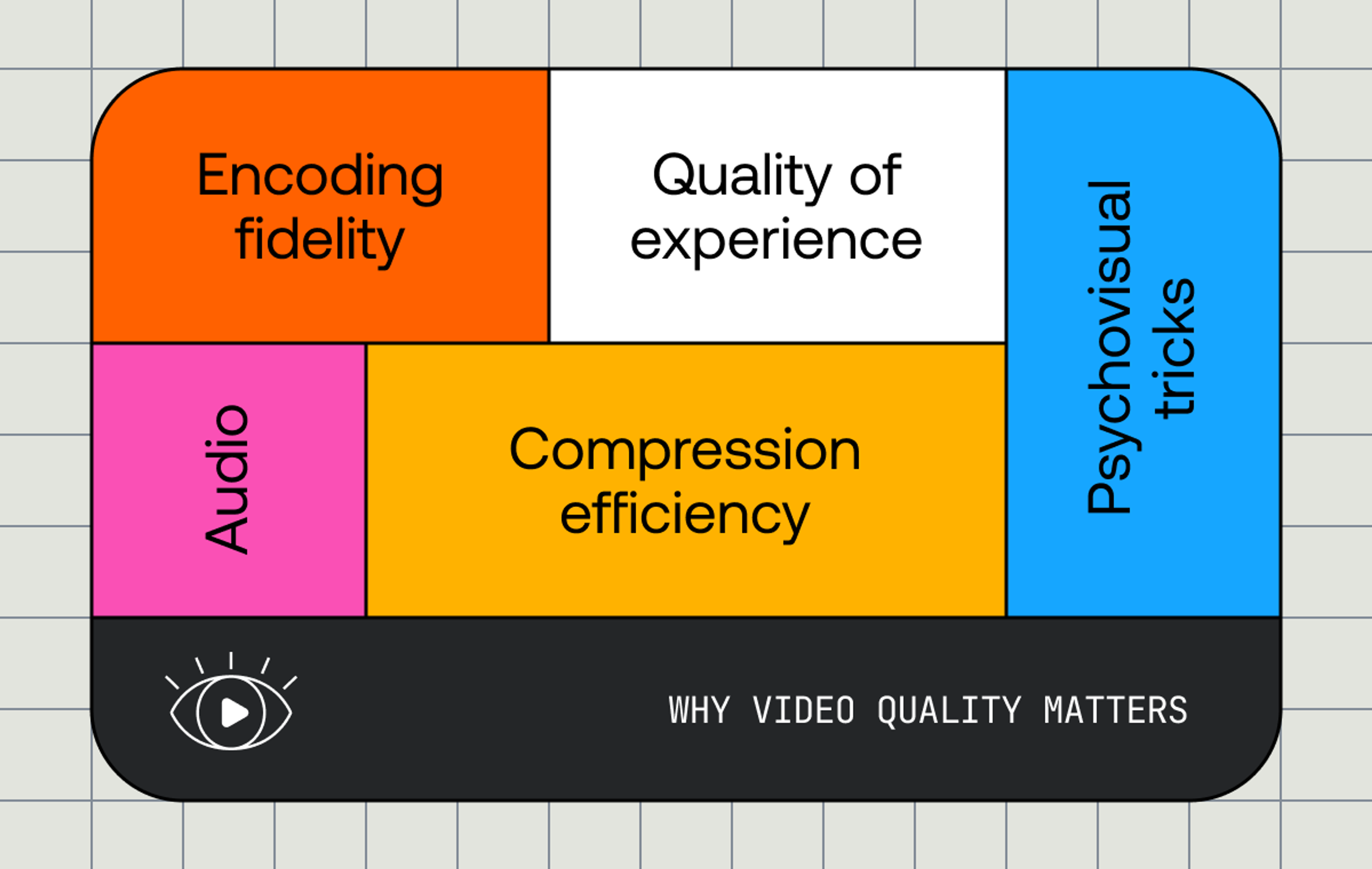An idea has joined the meeting
The time is 11:30 p.m. You've just gotten into bed when—boom—an idea comes to you. This is it! This is your chance to build the next tech unicorn. Slogans, names, and color schemes start racing through your head. You immediately buy 15 domain names and message your friend from college who is a brand designer. There’s just one small issue: Your idea requires the use of real-time video, which you know almost nothing about other than the fact your days now consist of at least 5 Zoom meetings. You think back to a webinar you attended years ago talking about a new technology called WebRTC. All you can remember is the copious amount of acronyms and the presenter talking about the complexity involved with managing and scaling a WebRTC system. “Oh no!” you think. It’s going to take years of development and a large amount of capital just to build a prototype. But this idea is too good to pass up. Surely there have to be options out there to help. I mean, there’s an API for everything nowadays, right?
Have no fear, the options are here.
Thankfully, we are in what I like to call the Golden Age of Real-Time Video. There are multiple options for building a real-time video application, all with varying levels of complexity.
DIY all the things
“I used to be a software engineer...surely I can just build it myself,” you say. This is true—but you’ll need to design a signaling protocol and build signaling and media servers just to get some media flowing. Then you’ll need to deploy and scale those servers using something like Kubernetes. You need to understand things like RTP, RTCP, ICE, bandwidth estimation, video and audio codecs...the list goes on. And that’s all just for the server side of things. You’ll still need to develop client-side SDKs to leverage your server infrastructure and then build your application on top of those SDKs. “What is an ICE? There’s no ICE in San Francisco,” you think. There has to be an easier way.
Open source saves the day
Upon realizing the time it would take to build the infrastructure yourself, you think of open-source software and the power it can provide to startups. “Are there any open-source WebRTC projects?” you wonder. Thanks to the explosion in popularity of real-time video spurred on by the pandemic, there are. You can use a batteries-included solution, such as Livekit, Jitsi, or Mediasoup. With these options, you don’t have to worry about building the signaling protocol, signaling server, or media server. Most of the complicated work is taken care of for you—even the SDKs. These will allow you to focus more on building your application; however, you will still have to devote time and energy to deploying and scaling these solutions (which is no easy task).
There's an API for that
Open source sounds like an interesting option for you, but you’re nervous about deploying and scaling the solution. Companies like Stripe and Mux come to your mind. They provide APIs and SDKs to developers and remove the complexity of certain functionalities. “What are my options for real-time video APIs?” you ask. After a quick Google search, you find companies like Twilio and Daily.co. These companies have already spent the time and money to develop, deploy, and scale the real-time video infrastructure you need for your application. These solutions allow you to strictly focus on building your app or prototype. They offer ready-to-use SDKs that greatly decrease the time required to deploy your application. You can forget all about ICE candidates and focus on building that unicorn you’ve always dreamed of. This is the quickest and most cost-effective way to build a real-time video-powered application. “This is exactly what I need!” you exclaim. Now it’s time to build.
It's time to build
The next step is to put together a prototype so you can start your funding conquest. You immediately start work on a prototype using an API, and progress is quick. Fast forward a few months and it’s finally ready. You start the funding campaign and land a whopping $500 million pre-seed round. You think back to the beginning of your journey: “If it wasn’t for that API, I would still be trying to wrap my head around what an ICE candidate is.” Welcome to the Golden Age of Real-Time Video. Now go out and build something awesome!



